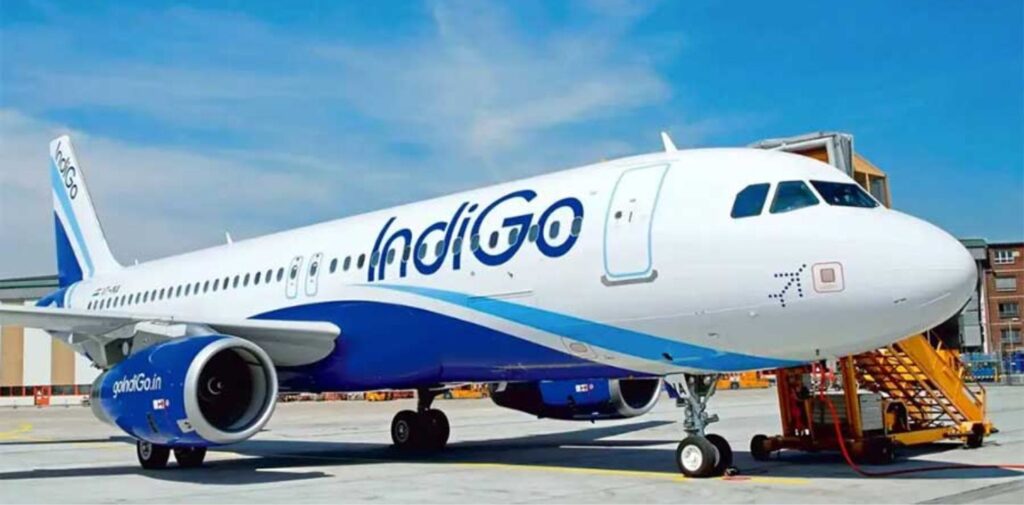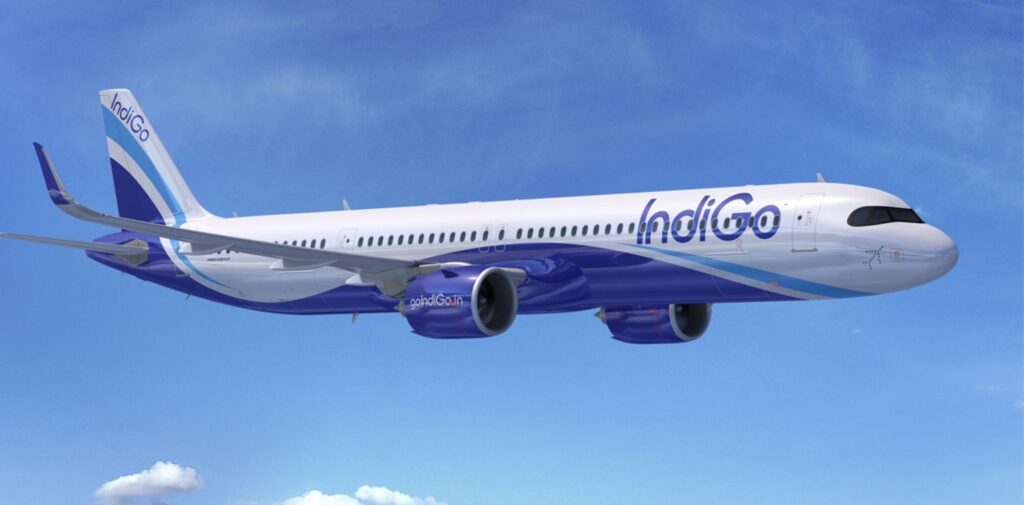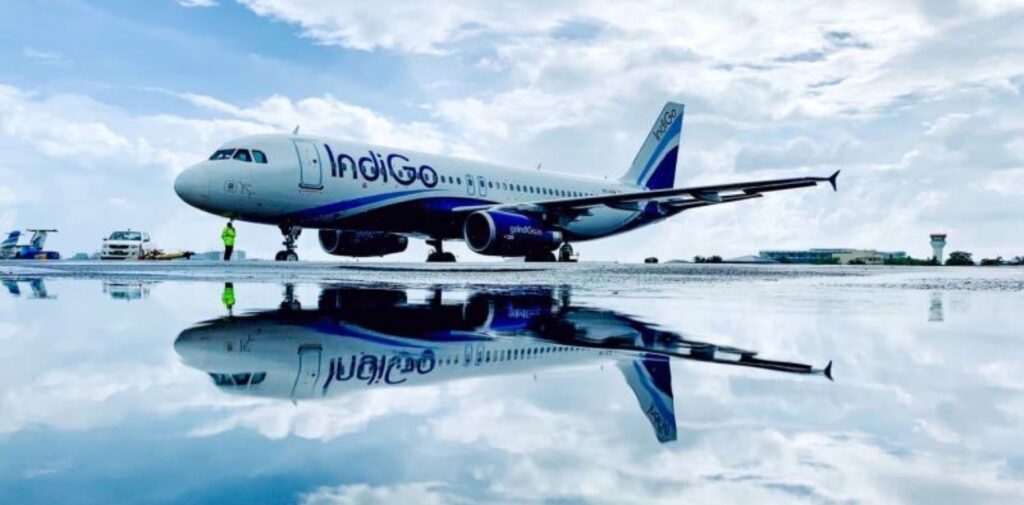India’s aviation industry has seen rapid growth over the past two decades, and one name that stands out is Indigo Airlines. From humble beginnings, Indigo has soared to become the most successful airline in India. But behind this great business success lies a powerful story of friendship, vision, and relentless pursuit of excellence.
The Beginnings: A Friendship That Took Flight
Indigo Airlines was born out of a strong partnership between two friends: Rahul Bhatia and Rakesh Gangwal. Bhatia, an experienced entrepreneur with his feet firmly planted in India, joined with Gangwal, who had years of experience in the aviation industry in the United States.
In 2004, they came together with a shared dream—to create an airline that would offer affordable, efficient, and reliable air travel to the Indian market. Their combined expertise, trust in each other, and vision of revolutionizing air travel in India laid the foundation for Indigo Airlines.
A Clear Vision: Affordability and Efficiency
From the start, Indigo’s business model was clear—offer affordable, no-frills flights with a focus on operational efficiency. They wanted to make flying accessible to a larger portion of the Indian population, which was still largely dependent on trains and buses for long-distance travel. The key to their success was a low-cost carrier (LCC) model, which would deliver high-quality service without the expensive luxuries.
They achieved this through:
- Single Aircraft Type: Indigo only uses Airbus A320s for most of its flights. This decision was crucial because maintaining a single type of aircraft lowers training, maintenance, and spare parts costs.
- On-Time Performance: Indigo is well-known for its punctuality. In an industry where delays are common, Indigo has set the standard for reliability.
- Low Operating Costs: By keeping costs down across all areas—fuel efficiency, crew management, and streamlined operations—Indigo was able to pass on savings to passengers, making flights more affordable.

Early Successes and Growth
Indigo’s first flight took off in 2006, and within just five years, the airline had become the largest airline in India by market share. This rapid success was no accident—it was the result of meticulous planning, financial discipline, and a deep understanding of the Indian aviation market.
By keeping the focus on affordable travel, Indigo was able to attract a new wave of travelers who had never considered flying before. This, combined with the growing Indian middle class, meant that Indigo’s flights were consistently booked to capacity.
In 2011, Indigo placed one of the largest aircraft orders in aviation history with Airbus, ordering 180 A320 aircraft. This bold move showcased their confidence in the growing demand for air travel in India. It also demonstrated the founders’ commitment to long-term growth.
The Indigo Experience: What Sets It Apart
While Indigo is known for its affordability, the airline never compromises on customer service. Its tagline, “Go Indigo,” reflects its commitment to a hassle-free flying experience. From booking tickets to boarding the flight, Indigo focuses on making every step smooth and efficient for passengers.
- On-Time Performance: One of Indigo’s key differentiators is its punctuality. Travelers in India have come to trust the airline for its reliability, and the company has consistently topped charts for on-time performance.
- Clean and Comfortable Aircraft: Despite being a low-cost airline, Indigo prides itself on maintaining clean, comfortable, and modern aircraft. The airline’s crew is trained to ensure that passengers have a pleasant experience, even on short flights.
- Efficient Operations: Indigo has embraced technology to streamline its operations, from online check-ins to simplified boarding processes. This focus on efficiency has allowed the airline to minimize delays and keep costs low, which ultimately benefits passengers.

Expanding Horizons: International Flights and New Milestones
As Indigo grew, it didn’t just dominate the domestic market; it also set its sights on international destinations. Indigo began its international operations in 2011, flying to destinations like Dubai, Bangkok, and Singapore. The airline’s international expansion followed the same strategy that had made it successful in India—affordable fares and efficient service.
Over the years, Indigo has consistently added new international routes, making it a preferred choice for budget-conscious travelers seeking to fly abroad. By 2020, Indigo had cemented its position as one of Asia’s largest and most successful low-cost carriers.
In a historic milestone, Indigo became the first Indian airline to fly over 100 million passengers in a single year. This achievement was a testament to the airline’s popularity and operational excellence. Few airlines in the world have reached such a significant milestone, and it showcases Indigo’s role in transforming the way Indians travel.
Challenges Along the Way
While Indigo’s rise to the top has been remarkable, it hasn’t been without challenges. The airline industry is notoriously difficult, with fluctuating fuel prices, stiff competition, and regulatory hurdles. Indigo has faced its share of challenges, including internal disputes between its founders, but it has emerged stronger each time.
Despite these obstacles, Indigo’s focus on its core values—affordability, punctuality, and efficiency—has allowed it to weather storms and maintain its leadership position in the Indian market.
The Road Ahead: What’s Next for Indigo?
As the airline industry evolves, Indigo continues to innovate and adapt. With plans to expand its fleet, introduce more routes, and invest in sustainable aviation practices, the airline is well-positioned to continue its growth trajectory.
In the coming years, Indigo aims to maintain its dominance in India while exploring new opportunities in international markets. The airline is also investing in eco-friendly practices, like fuel-efficient aircraft and carbon offsetting, as part of its commitment to sustainability.

The Power of Partnership
At the heart of Indigo’s success is the friendship and partnership between Rahul Bhatia and Rakesh Gangwal. Their complementary skills, mutual respect, and shared vision for the future of air travel in India have been the driving forces behind Indigo’s growth.
Their story is a reminder that business success often stems from strong partnerships built on trust and a shared vision. It is also a testament to the power of innovation and perseverance in the face of challenges.
Conclusion: Flying High
Indigo Airlines has come a long way from its humble beginnings in 2006. In less than two decades, it has transformed the Indian aviation industry, making air travel accessible to millions of Indians. With its focus on affordability, efficiency, and customer service, Indigo has set the standard for low-cost carriers around the world.
The airline’s story is not just one of business success, but also a story of friendship, vision, and relentless pursuit of excellence. As Indigo continues to soar, it remains an inspiration to entrepreneurs and travelers alike—proving that with the right partnership and a clear vision, the sky’s the limit.




